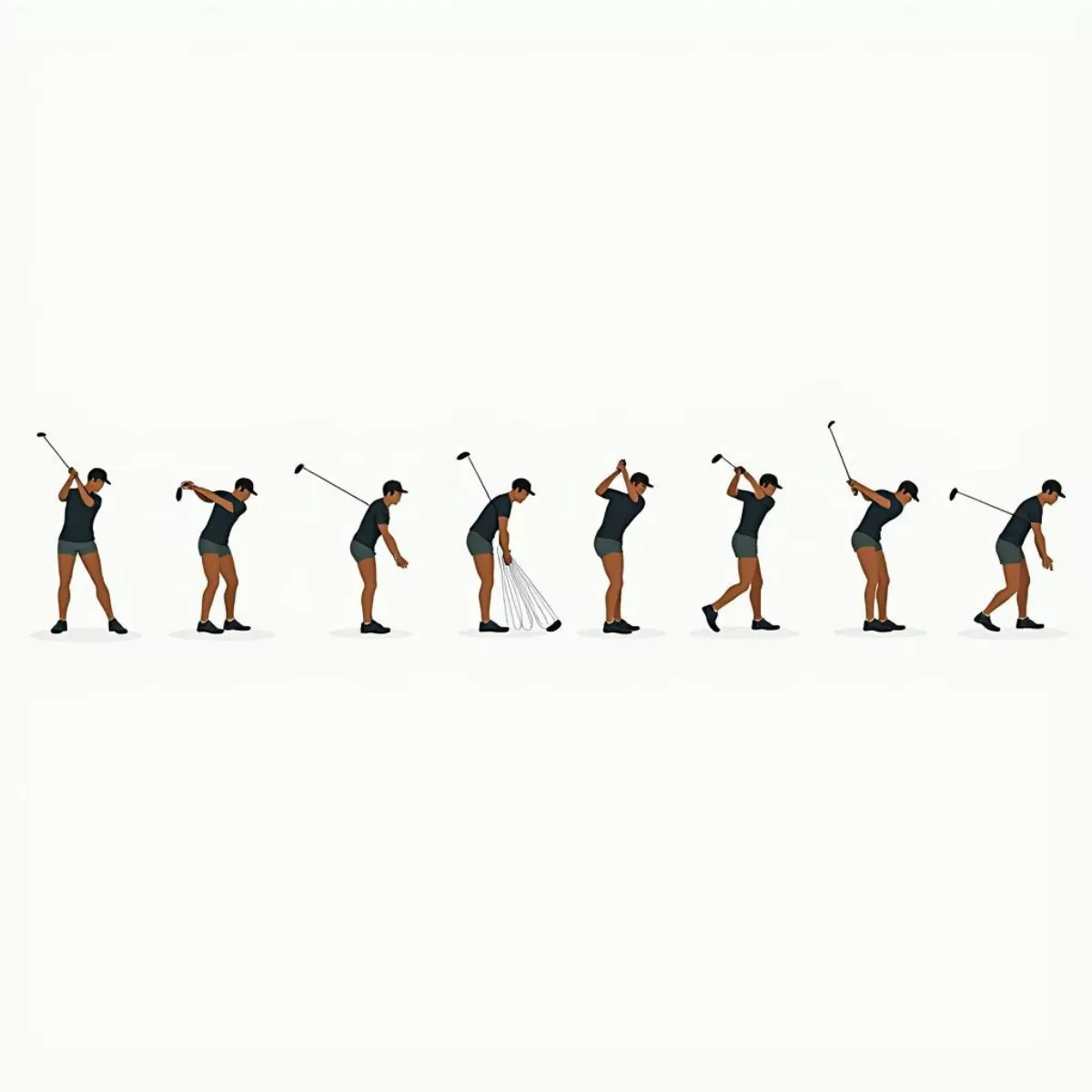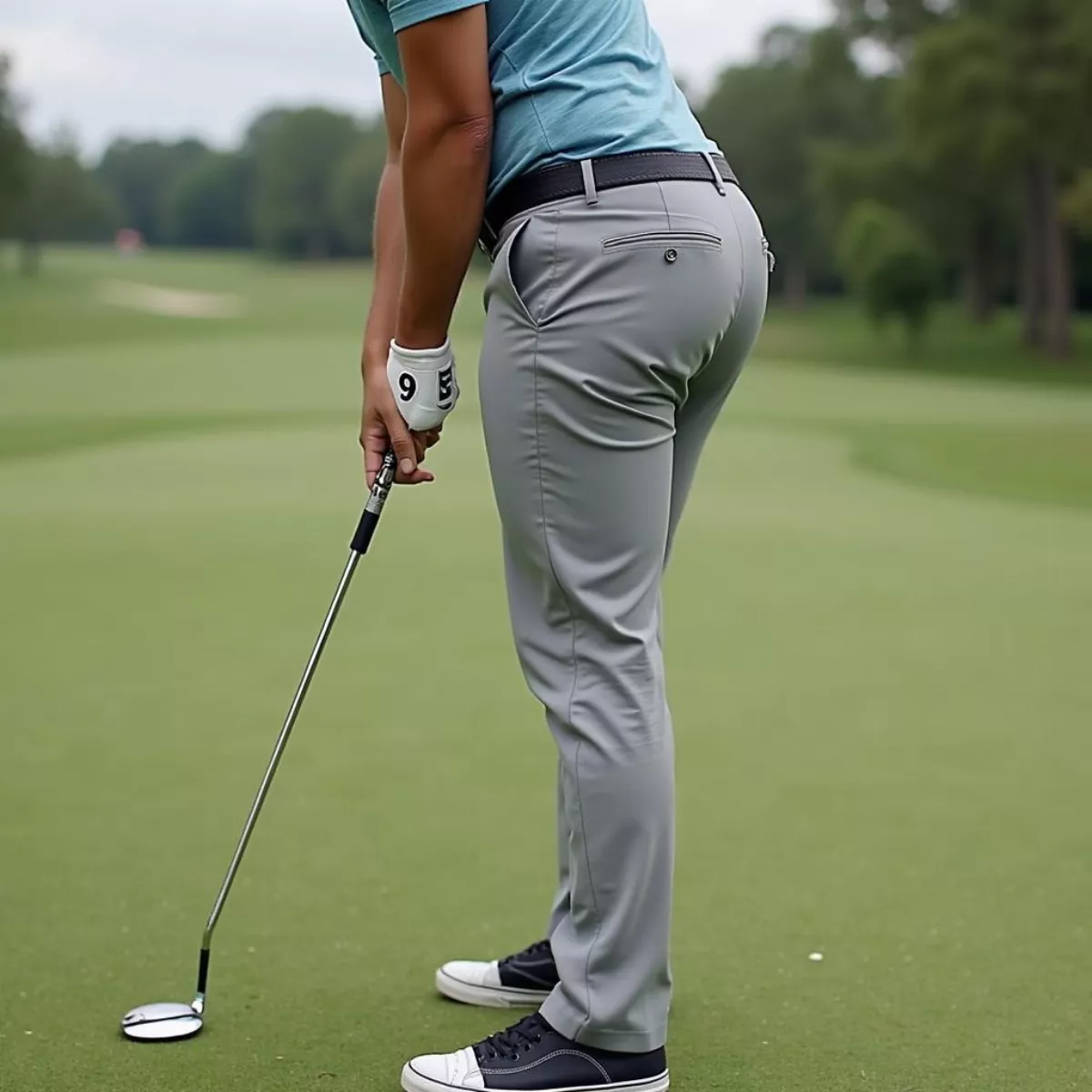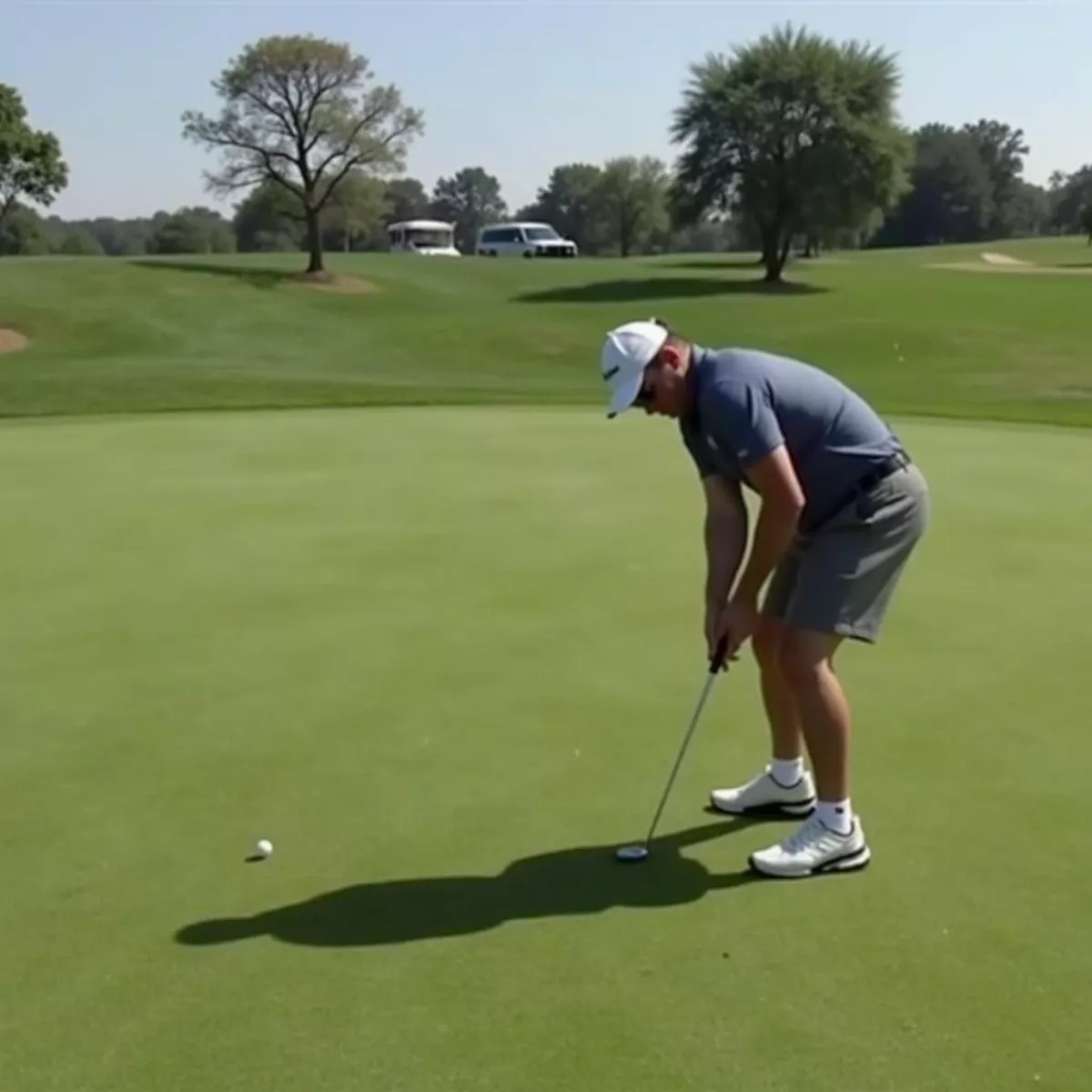Golf is a beautiful game that combines skill, precision, and strategy. One of the most crucial aspects of golf is, without a doubt, the swing. In this guide, we’ll break down various golf swing techniques to improve your game and help you enjoy your time on the course even more. Whether you’re a beginner looking to break into the sport or an experienced player aiming to polish your skills, there’s something here for you!
Understanding the Golf Swing
The golf swing is technically a complex motion involving multiple components. At its core, it’s a combination of proper stance, grip, backswing, downswing, impact, and follow-through. Each part plays a significant role in determining your shot’s outcome.
Key Components of the Golf Swing
- Stance and Alignment
- Feet shoulder-width apart
- Align your feet, hips, and shoulders parallel to the target line
- Distribute weight evenly on both feet
- Grip
- Neutral grip: The most common grip among golfers
- Strong grip: Rotates hands away from the target
- Weak grip: Rotates hands toward the target
- Choose the grip that feels most comfortable for you.
- Backswing
- Turn your shoulders, not just your arms
- Keep your left arm straight (for right-handed golfers)
- Maintain a relaxed grip to allow for a smoother swing
- Downswing
- Initiate the downswing with your lower body
- Shift your weight to your front foot
- Follow through with your arms while maintaining head position
- Impact
- Focus on striking the ball with a descending blow
- Ensure square contact with the clubface to achieve maximum distance and direction
- Follow-Through
- Your swing should continue after hitting the ball
- Finish with your weight on your front foot and your body facing the target
 Golf swing sequence
Golf swing sequence
Techniques to Perfect Your Swing
1. Grip Pressure
Having the right grip pressure can significantly affect your swing. Too tight of a grip can lead to tension in your arms, resulting in inconsistent shots. On the other hand, a too-loose grip may not provide enough control.
Tip: Maintain a pressure level that allows for control while still feeling relaxed. Think of holding a tube of toothpaste—just enough pressure to keep it from slipping, but not so much that it bursts!
2. Practicing the “One-piece Takeaway”
The one-piece takeaway is a technique that helps in ensuring you initiate your swing correctly. Instead of moving your arms first, the goal is to keep your shoulders, arms, and club together as one unit moving away from the ball.
Steps:
- Start your backswing by turning your shoulders rather than lifting your arms.
- Keep the club low to the ground as you begin the movement.
3. Hip Rotation
Proper hip rotation is crucial for generating power and maintaining balance.
- Start your downswing with your hips, not your arms.
- Think about “opening the door” with your hips as you transition into the downswing.
 Golfer demonstrating hip rotation
Golfer demonstrating hip rotation
4. Use of Alignment Aids
Alignment aids, such as alignment sticks or even a club laid on the ground, can help ensure that you’re lined up correctly before you swing.
How to Use:
- Place an alignment stick on the ground pointing toward your target.
- Position your feet parallel to the stick, creating a clear target line.
5. Swing Tempo
Many golfers overlook the importance of swing tempo. A balanced and rhythmic swing often results in better contact and more consistent shots.
Drills to Improve Tempo:
- Count to three as you swing: one on the backswing, two at the top, and three on the downswing.
- Try swinging slowly at first, gradually increasing speed while maintaining rhythm.
Common Mistakes to Avoid
– Overthinking Mechanics
Don’t get too caught up in the technical aspects. Sometimes, the best swings come from a relaxed body and mind.
– Changing Swing Mid-Game
Stick with what you practice. Making last-minute adjustments can lead to disaster on the course.
– Not Practicing Enough
Remember that practice is key. Regularly dedicate time to work on your swing techniques.
– Ignoring the Short Game
While perfecting your swing is essential, don’t forget your short game! Putting and chipping are critical for lowering your scores.
 Golfer chipping onto the green
Golfer chipping onto the green
Equipment Considerations
The right equipment can also influence your swing. Ensure your club specifications, such as shaft flex and grip size, are tailored to your swing style. A professional fitting can help maximize your potential.
Table: Different Clubs and Their Purposes
| Club Type | Purpose |
|---|---|
| Driver | Long-distance shots |
| Irons | Approach shots, finesse around greens |
| Wedges | Short game, sand, and lofted shots |
| Putter | Accuracy on the green |
Key Takeaways
- Grip Pressure: Maintain a relaxed grip; avoid being too tight or too loose.
- One-piece Takeaway: Keep your arms and body connected during the takeaway.
- Hip Rotation: Initiate the downswing with your hips for power.
- Alignment Aids: Use tools to ensure proper alignment before each shot.
- Swing Tempo: Focus on maintaining rhythm and balance in your swing.
- Practice Regularly: Dedicate time to both your swing and short game.
Frequently Asked Questions (FAQ)
1. What is the best grip for a golf club?
There isn’t one “best” grip; it depends on personal comfort. The neutral grip is popular for its balance.
2. How often should I practice my golf swing?
Aim for at least one dedicated practice session per week, supplemented with smaller sessions whenever possible.
3. What are the common mistakes in a golf swing?
Some common mistakes include improper grip, incorrect stance, and rushing the swing.
4. Do I need different clubs for different types of shots?
Yes, each club is designed for specific types of shots. Using the right club is essential for achieving the best results.
5. How important is my follow-through?
A proper follow-through is crucial for balance and controlling the direction of the ball.
6. Can I fix my swing with just drills?
Drills are a great way to isolate and improve specific mechanics, but consistent practice and possibly professional lessons can lead to the best results.
7. What’s the difference between a slice and a hook?
A slice curves to the right (for a right-handed golfer) while a hook curves to the left.
8. How can I improve my short game?
Focus on chip shots and putting practice. Many strokes are lost around the green.
9. Is it possible to learn golf online?
Absolutely! There are numerous online resources and video tutorials that can help improve your skills.
10. What is the best advice for beginners?
Start with the fundamentals, practice regularly, and remember to have fun!
This comprehensive guide on golf swing techniques should give you the tools and tips needed to develop a solid swing. Remember, golf is as much about enjoying the game as it is about improving your skills, so take your time and enjoy the process!

